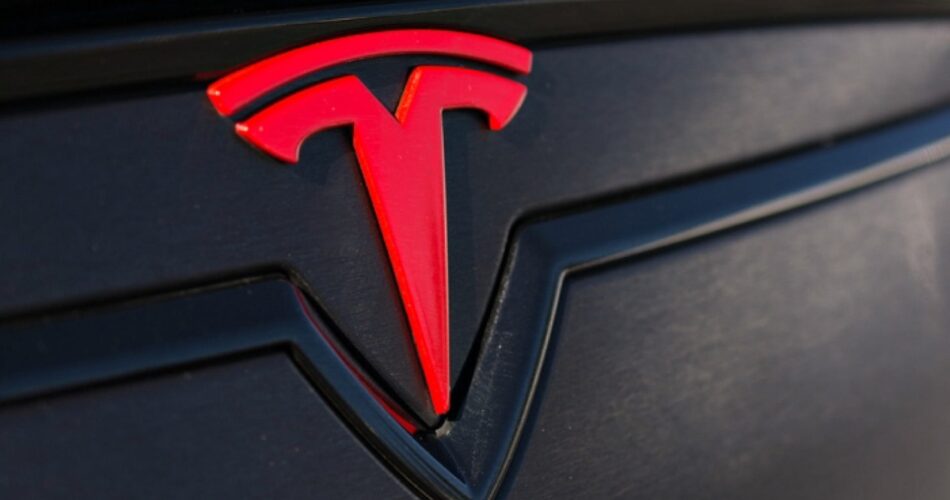
In February, Tesla issued a recall on 579,000 vehicles for a feature that overrides pedestrian warning sounds. The company recalled over 800,000 cars the week prior for seat belt chimes, another 54,000 for potentially rolling through stop signs, and those are just a few of the 10 Tesla recalls in the last four months for U.S drivers. So this begs the question, why are Tesla vehicles always getting recalled?
These recalls span the entire range of Tesla vehicles, from the Model S, Model X, Model 3, and Model Y. Don’t get me wrong, nearly every manufacturer and vehicle ends up being part of a recall at some point. Tesla is certainly not the only one with a heavy list of recalls.
However, we’ve seen a huge uptick in cases lately, especially as the National Highway Traffic Safety Administration (NHTSA) and regulators try to keep up with emerging technologies. The site iSeeCars has a recall list that gets updated daily, showing that Tesla has issued the most recalls through the first few months of 2022, more than double that of other brands.
Yes, Software Recalls Are Still Recalls

Automotive recalls aren’t quite the same these days. In the past, car owners had to take their recalled vehicles to a dealership for repairs or replacement parts, or get a refund if they had already paid for the repair elsewhere. But now that cars are basically computers, several manufacturers can fix problems, recalls, and other issues with over-the-air software updates.
New cars can get updates just like our smartphones and computers, which is both good and bad. Tesla has issued software updates for almost every single recall. From disabling the “assertive” drive mode that allowed for rolling stops at stop signs, and plans to do the same to address an issue on 800,000 cars over the seat belt chime.
Either way, just because it’s not the same as the good old days, these are still considered a recall. The National Highway Traffic Safety Administration lists every one of them on the recall list, and most of Tesla’s recent recalls only came after meetings with the NHTSA.
Why So Many Tesla Recalls?

Being able to address recalls through an update makes things fast, easy, and more importantly, affordable. For example, rather than spending millions on a recall requiring vehicles to come back to the dealership and then paying a mechanic, Tesla can simply release software updates.
This is likely why Tesla keeps releasing neat features, only to have the NHTSA shut it down, as they know a quick update is all it takes. Unfortunately, that’s part of the problem. The NHTSA can only request changes after the Tesla software gets released, not before, which is why we see so many recalls.
A prime example is the most recent recall of 579k Tesla vehicles over the “boombox” feature. All EVs in the U.S. must have external speakers that emit noise while moving, an “EV sound” to alert nearby pedestrians, as EVs aren’t loud like a typical gas vehicle.
Tesla took advantage of those speakers and released a boombox mode where owners can park the car, turn on music, and turn a Model S into a giant speaker. It’s a fantastic feature, but it works even when the vehicle is moving — and that’s the problem. The Boombox mode plays music rather than the required noise, which could potentially be dangerous to pedestrians, and it’s the law.
Now, Tesla will issue a quick software update to address the “recall” and disable the Boombox functionality when the vehicle is in Drive, Neutral, and Reverse. It’ll only work in Park. Honestly, though, it should have never worked unless a car was in Park.
Is There a Solution?

What this all boils down to is that regulators haven’t caught up with the latest automotive technology, and Tesla is taking advantage of it. These fun features, drive modes, or the ability to play video games from the infotainment display give the company a ton of free press, which is valuable.
When many of these features walk a fine line between safety laws or regulations then get investigated, Tesla can quickly release an update and fix it.
At the same time, regulators need to do a better job of catching up with the technology in today’s vehicles, which is also part of the problem. Whether that’s passing new regulations or changing the system. Again, regulators can’t check the software before it goes out, so maybe something needs to change.
On the flip side, if more laws are announced or if regulators start checking software before it’s sent to vehicles, updates and new features will take forever, and innovation will suffer.
Source link



